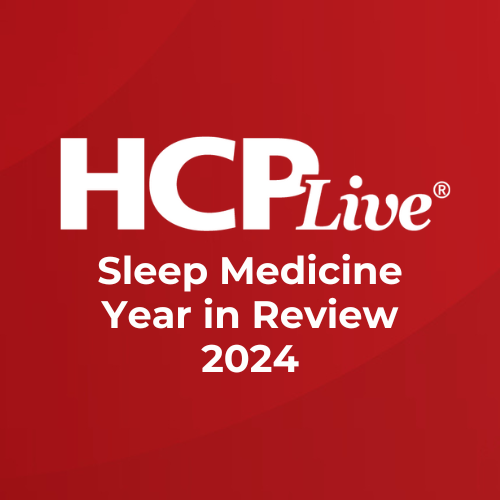Article
Metabolomic Risk Score Could Inform Obstructive Sleep Apnea Risk
Author(s):
Investigators show a novel risk score helped define more than a dozen metabolites associated with the chronic sleep condition.
Ying Zhang, PhD

A new metabolomic risk score capable of replicating multi-ethnic datasets may provide investigators greater insight into the molecular and metabolic progression of obstructive sleep apnea (OSA) in a diverse patient population.
In new data presented at the Associated Professional Sleep Societies (SLEEP) 2022 Annual Meeting this week, a team of US-based investigators showed a novel risk score helped define more than a dozen metabolites associated with the chronic sleep condition.
Led by Ying Zhang, PhD, a data scientist with Brigham and Women’s Hospital, the team of predominately Boston-based investigators sought to produce a metabolomic risk score for OSA, and to then use the score to define metabolites linked to the pathogenesis of OSA.
“OSA is a common disorder characterized by recurrent episodes of upper airway obstruction during sleep resulting in oxygen desaturation and sleep fragmentation, and associated with increased risk of adverse health outcomes,” they wrote. “Metabolites are being increasingly used for biomarker discovery and evaluation of disease processes and progression.”
Zhang and colleagues used data from the Hispanic Community Health Study/Study of Latinos to assess 219 metabolites and their link to OSA through the apnea-hypopnea index (AHI) for 3507 patients. The team developed the risk score by conducting an association analysis of the individual metabolites, then a least absolute shrinkage and selection operator (LASSO) regression to identify the subset associated with OSA.
All results were validated the through independent Multi-Ethnic Study of Atherosclerosis (MESA) dataset.
Participants from the HCHS/SOL dataset were a mean 41.7 years old; approximately half (50.7%) were female, and 1 in 10 (10.2%) had OSA. Participants from the MESA dataset were a mean 68.5 years old; more than half were female (56.2%), and 46.7% had OSA.
In HCHS/SOL, investigators observed 7 individual metabolites significantly, positively associated with OSA (P <.05). Among them, 4 were replicated in MESA (P <.05).
The team included 14 metabolites in the OSA-metabolomic risk score, and adjusted outcomes for demographic, lifestyle and comorbidity factors. In the dataset from HCHS/SOL, the score was associated with a 52% increased risk for moderate to severe OSA (odds ratio [OR], 1.52; 95% CI, 1.23 - 1.87; P <.001). In the MESA dataset, it was associated with a 44% increased risk (OR, 1.44; 95% CI, 1.03 - 2.03; P = .034).
Zhang and colleagues additionally observed associated for AHI modeled continuously, though it was less significant.
The team concluded that the risk score demonstrated a “robustness” of association to population heterogeneity.
“Replicated metabolite associations may provide insights into OSA- related molecular and metabolic mechanisms,” they wrote.
The study, “Development And Validation of a Metabolomic Risk Score for Obstructive Sleep Apnea Across Race/Ethnicities,” was presented at SLEEP 2022.




